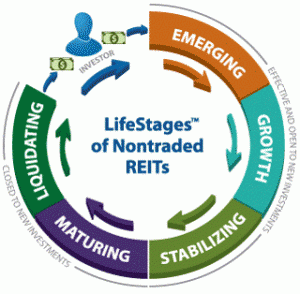CAIS: Performance Dispersion in Alternative Asset Classes
November 18, 2022 | Andrew Snyder, Linge Sun, & Nicholas Reade | CAIS
When an advisor is deciding whether to include an alternative asset class in their client portfolios, they typically compare performance at an index level. Yet, when their process moves from portfolio construction to actual implementation, those same aggregate indices may not be readily accessible through an investable fund, like an S&P500 ETF for US Large Cap equities, for example.
Instead, financial advisors may decide to pursue an asset manager, strategy and/or fund to add the exposure they seek through their alternative asset allocation. That fund’s performance may potentially be markedly different than its index.1
To better understand the importance of selecting managers, we look at the difference in historical fund performance across alternative asset classes and through different market environments. We also investigated the extent that asset managers’ past performance might effectively guide advisors in their due diligence efforts. Given our findings, we believe that careful diligence of managers is critical when pursuing the risks and potential benefits of alternative assets.











